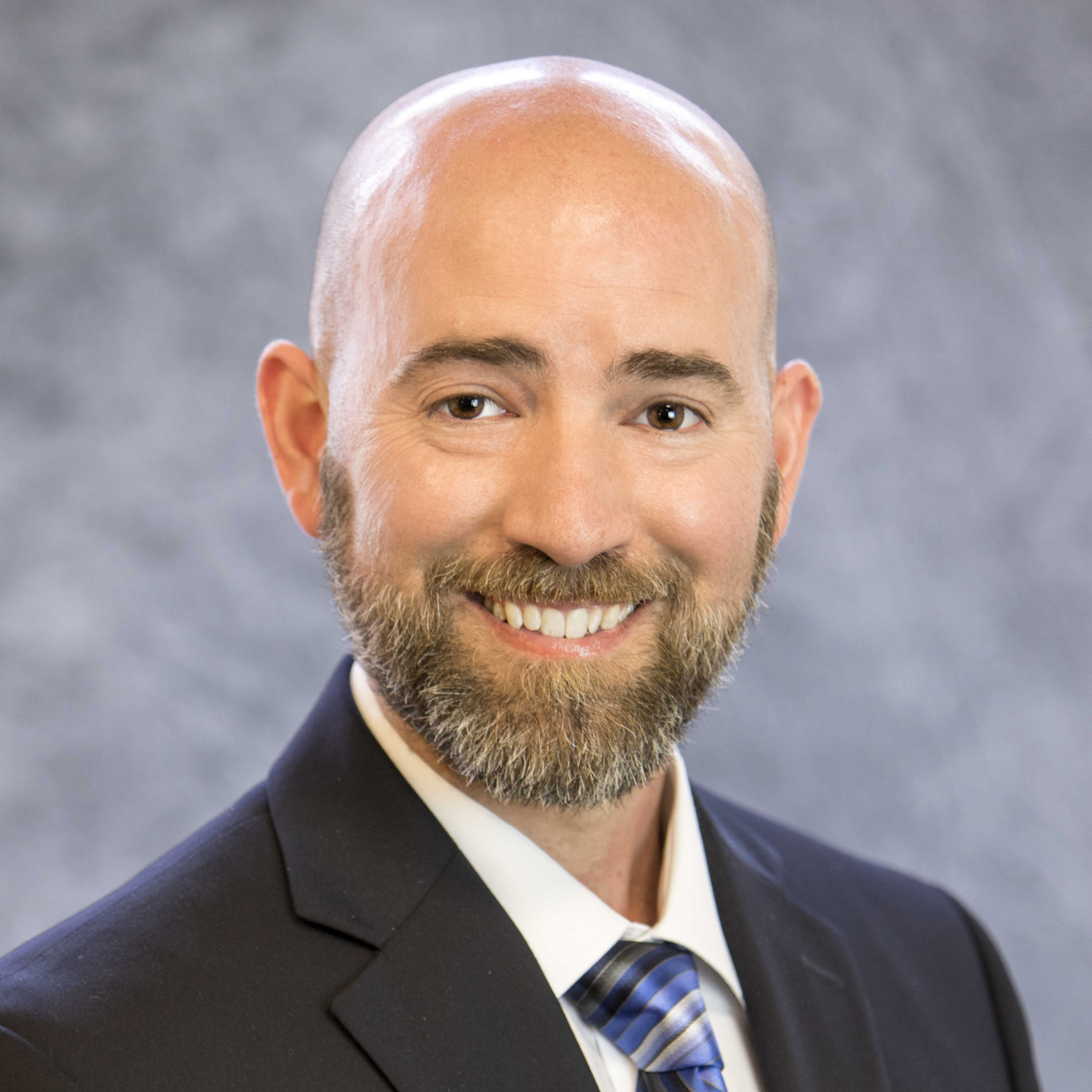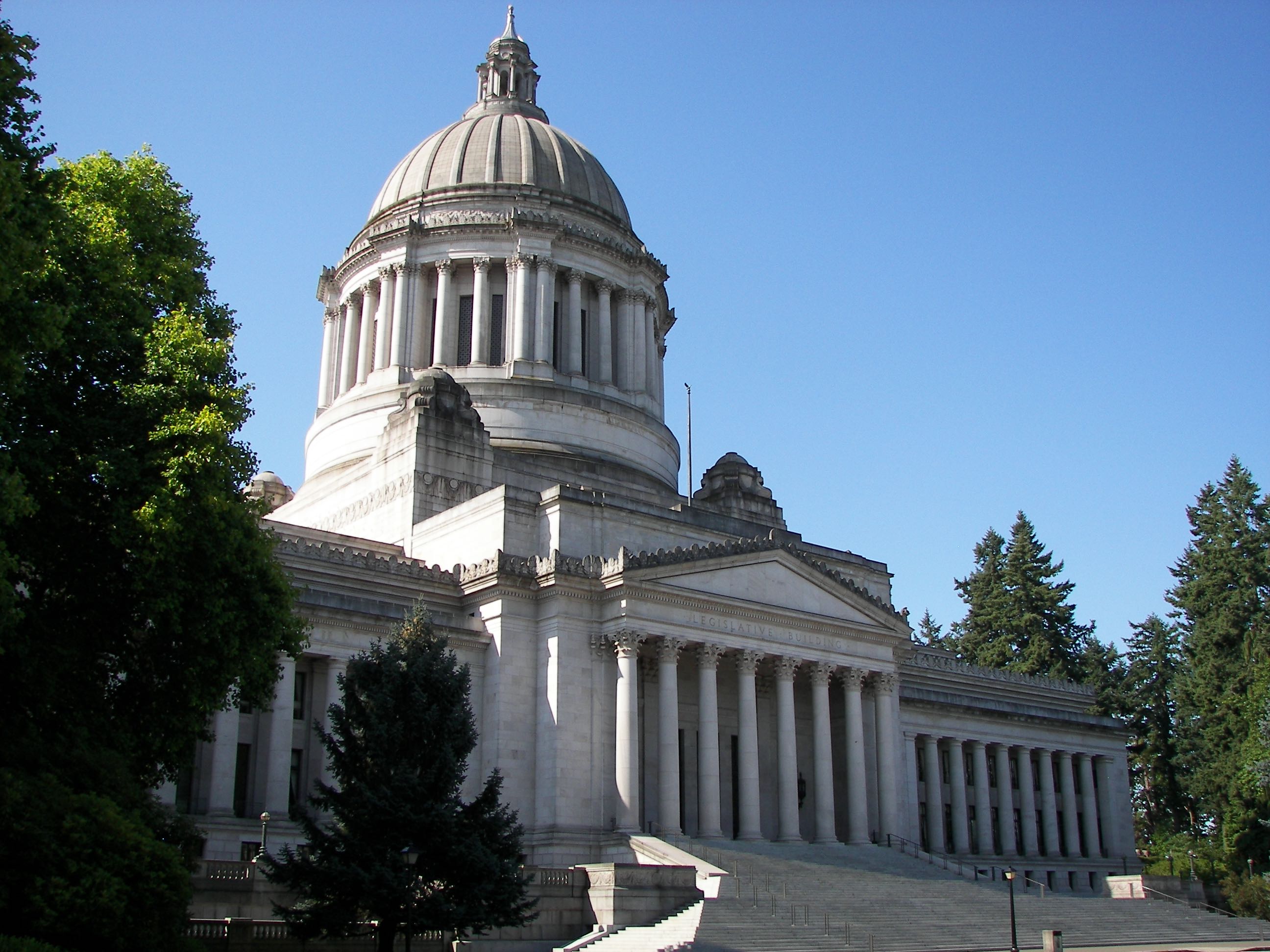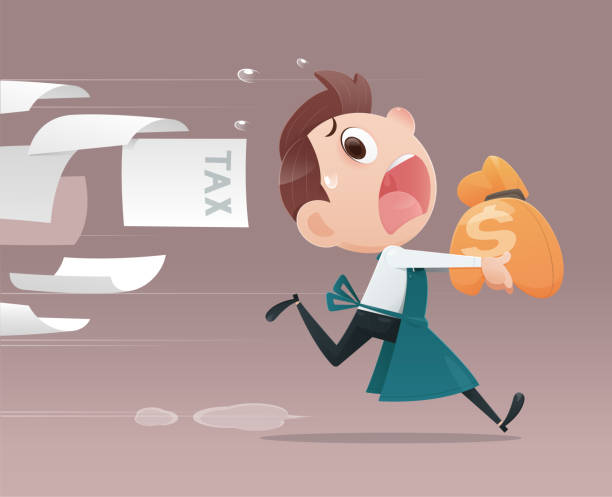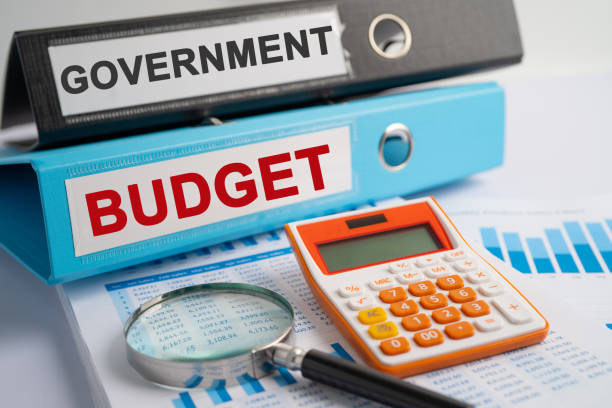Key Findings
- Even with the passage of Initiative 1183, state alcohol related arrests have been trending down.
- There were 2,861 DUI collisions and 21,941 DUI arrests during the 2008-09 period. Under the first year of privatization, those numbers were down to 2,347 DUI collisions and 19,703 DUI arrests.
- Though these improving numbers should not be correlated to privatization, it is clear that private sales did not reverse the overall downward trend as opponents feared.
- Before I-1183 passed, compliance checks for liquor sales to minors at government stores ran around 94 percent compliance checks at private stores are running around 92 percent and were at 94 percent in August.
Introduction
In November 2011, 59 percent of Washington voters approved Initiative 1183, ending the state’s 78-year-old prohibition-era monopoly on the sale of liquor in the state. With this change, Washington joined the majority of the rest of the country with private liquor sales. One of the major concerns expressed by opponents of Initiative 1183 was that ending the state’s monopoly would lead to an increase in alcohol related arrests. Based on the first year of data since the measure’s approval by voters, however, this concern has not materialized.
Washington State Patrol statistics
According to the Washington State Patrol’s (WSP) data, most state alcohol-related arrests continue to trend down, including in the first year since voters privatized state liquor sales. The first private sales of liquor in Washington resumed on June 1, 2012.
Period (June to June) | DUI Collisions | DUI Arrests | Drink in Public | Interlock Device DUI | Open Container | Minor in Possession | Liquor to Minor | WSP FTEs (FY) | ||
2008-09 | 2,861 | 21,941 | 19 | 447 | 2,223 | 1,483 | 57 | 2,381.7 | ||
2009-10 | 2,584 | 21,057 | 30 | 486 | 1,679 | 1,289 | 45 | 2,328.9 | ||
2010-11 | 2,586 | 22,227 | 41 | 595 | 1,469 | 989 | 41 |
| ||
2011-12 | 2,576 | 21,577 | 30 | 778 | 1,382 | 1,010 | 26 | 2,291.0 | ||
2012-13 | 2,347 | 19,703 | 42 | 917 | 1,106 | 777 | 19 | 2,292.9 |
As shown in the table above, there were 2,861 DUI collisions and 21,941 DUI arrests during the 2008-09 period. Under the first year of privatization, those numbers were down to 2,347 DUI collisions and 19,703 DUI arrests. Statistics for “minor in possession” showed an even bigger improvement, with 1,483 cases between 2008-09 dropping to 777 during 2012-13. Though these improving numbers should not be correlated to privatization, it is clear that private sales did not reverse the overall downward trend as opponents feared.
Even though Full-Time Equivalent (FTEs) staff for the WSP has decreased since 2008, the DUI arrest number per FTE has also decreased, indicating staffing changes are not solely responsible for the drop in the state’s number of DUI arrests.
One category trending up is a subset of overall DUI arrests. These are violations for interlock device DUIs, though these numbers are included in the overall numbers for DUI arrests which are trending down.
According to the WSP:
“Violation code 107 is used for ignition interlock offences (related to an original DUI). It can be used for, but not limited to, violators who do not have interlock device installed in vehicle (as they are required per their conviction) or has interlock drivers license, but no interlock installed, or in either case circumventing the system.”
This means that these citations are for the failure to comply with the interlock device requirements related to a prior DUI.
Liquor compliance checks
Another concern expressed by opponents of privatizing the state’s liquor monopoly was that the private sector would not be able to perform as well as the government stores in preventing sales to minors. Upon the passage of Initiative 1183, the Washington State Liquor Control Board (WSLCB) touted the 94 percent compliance rate of no-sale-to-minors at state run stores and said, “As the sale and distribution of liquor will soon be completely in the hands of the private sector, we hope it will treat this public safety responsibility with the utmost importance.”
Judging from the first year of data, the private sector has stepped up to this challenge. According to the WSLCB’s “Compliance Rates for Retailers Since 2012,” those private sector stores with at least 10,000 square feet (as required by Initiative 1183) or former state contract stores have averaged just over a 92 percent compliance rate. The most recent check for August 2013 showed a compliance rate of nearly 94 percent These numbers do not show a significant drop in compliance rates with private liquor sales.
Though concerns have been expressed about minors stealing liquor at private stores, hard data does not exist to document the extent of any problem. Recent legislative work sessions have focused on this question, and retailers have testified that theft prevention efforts have improved since private sales began.
Conclusion
Even with the passage of Initiative 1183, state alcohol related arrests have been trending down. Based on the first year of data since liquor privatization was implemented – ending the state’s liquor monopoly – this positive trend has not been reversed as was predicted by privatization opponents. While more work can always be done to further improve public safety, the data indicates that the private sale of liquor has not resulted in an increase in the number of alcohol related arrests.
Download a PDF of the Policy Note here.





